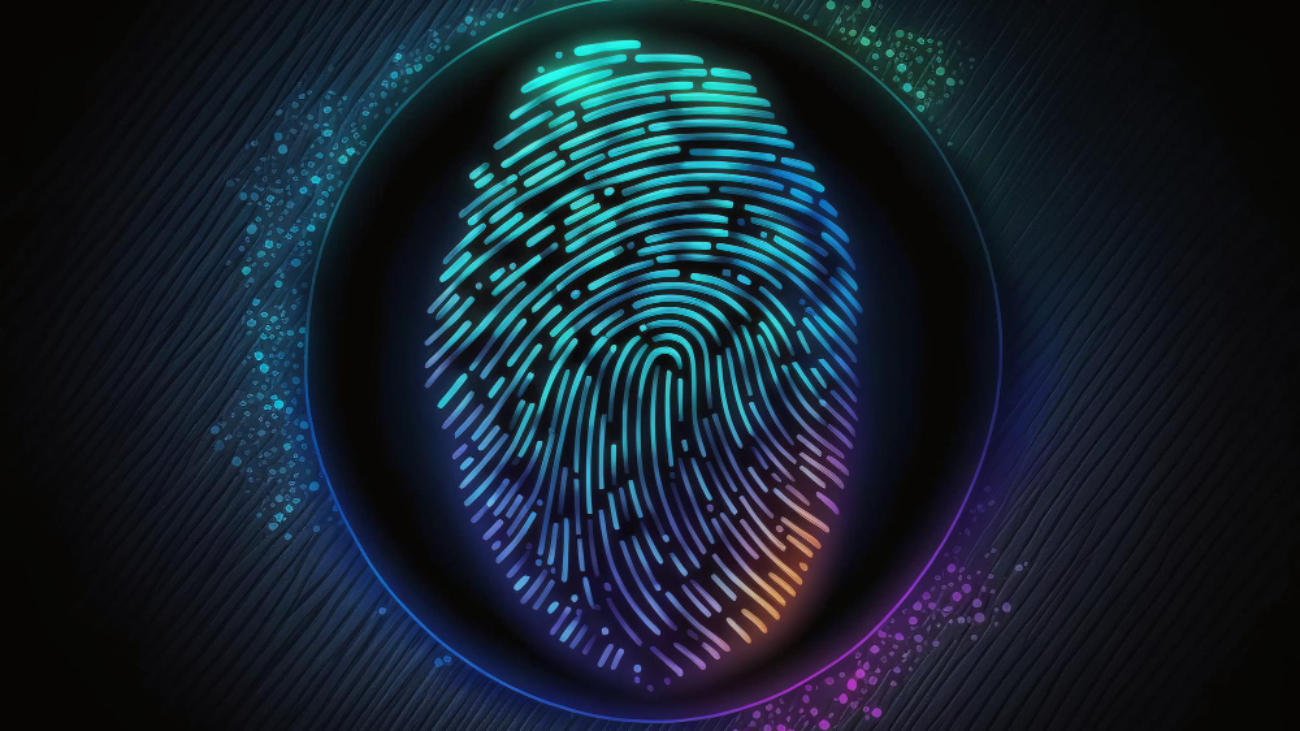Bahaa Abdul Hadi has said that the digital identity systems have shaped our interactions with the digital world for decades, yet most are built on centralized frameworks where governments, corporations, or service providers act as gatekeepers. These entities store our identity data, determine how it’s used, and make critical decisions about access. While convenient in the early internet age, this model now faces fundamental scrutiny.
From major data breaches to rising concerns about surveillance and lack of transparency, centralized identity infrastructure is increasingly being seen as outdated, vulnerable, and misaligned with modern privacy expectations. The global push toward more secure, user-centric systems has given rise to a radical alternative: self-sovereign identity (SSI), a decentralized approach that places individuals back in control of their digital selves.
Centralized Identity: The Legacy Model
At its core, centralized identity operates on a hub-and-spoke model: one authority holds the data, and every interaction must go through it. This model is widely used by:
- Government-issued IDs (e.g., passports, driver’s licenses)
- Corporate login systems (e.g., Google, Facebook SSO)
- Financial institutions and telecoms
While it offers consistency, it comes with severe trade-offs: fragmented experiences, repeat verifications, data leaks, and little transparency for users. Once data is stored in one central database, it becomes a high-value target for attackers—and a liability for its custodians.
Why Self-Sovereign Identity (SSI) Is Gaining Ground
SSI represents a new architecture for trust. It’s built around decentralized identifiers (DIDs), verifiable credentials, and digital wallets owned by the user. Rather than relying on an intermediary, individuals can present proof of identity directly, cryptographically signed by trusted issuers.
Key benefits include:
- Data minimization: Share only the information required, nothing more.
- User control: You own and manage your identity—not a platform.
- Portability: Use the same credentials across services, sectors, or countries.
- Tamper-proof: Cryptographically secured credentials are far harder to forge.
SSI doesn’t eliminate institutions—it repositions them. Issuers like universities or governments still verify and attest to facts, but users retain and present these credentials on their terms.
Real-World Momentum
We’re beginning to see traction beyond theory:
- The European Union’s eIDAS 2.0 proposes a digital wallet framework that aligns with SSI principles.
- Microsoft, through its Entra Verified ID, is integrating decentralized IDs for enterprise use.
- The Indian government’s MOSIP initiative is exploring modular, portable identity platforms.
These are not niche experiments—they’re signals of a paradigm shift under way.
Still Facing Headwinds
While the promise is strong, SSI isn’t without its frictions.
- Lack of common standards makes cross-platform operability difficult.
- UX/UI for wallets and verifiable credential management remains clunky for non-technical users.
- Legal and regulatory frameworks are still catching up to decentralized models.
Moreover, education will be key—users need to understand the responsibility that comes with ownership.
The Philosophical Shift
What makes sovereign identity truly transformative isn’t just the technical shift—it’s the redefinition of trust. In centralized systems, trust is vertical: we trust an authority to manage our data. In SSI, trust becomes horizontal: we trust cryptographic proofs and decentralized systems to validate identity, not just institutions.
It aligns perfectly with broader trends:
- Zero-trust architectures in cybersecurity
- Decentralization in finance and governance
- Privacy-by-design principles in global data regulations
In Conclusion
The move from centralized to sovereign have huge impact on digital models. As digital interactions permeate every aspect of our lives, people are demanding more control, transparency, and security. Self-sovereign identity answers that call. Though still in its early stages, its principles resonate with the digital ethics of the future: consent, control, and collaboration. Thank you for your interest in Bahaa Abdul Hadi blogs. For more information, please visit www.bahaaabdulhadi.com.







